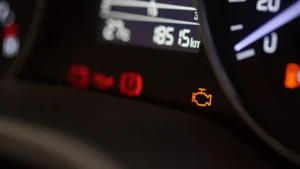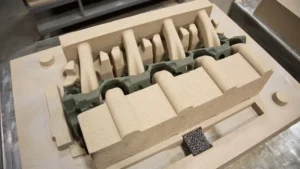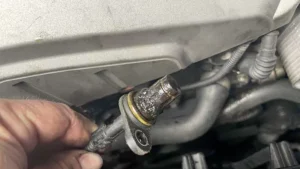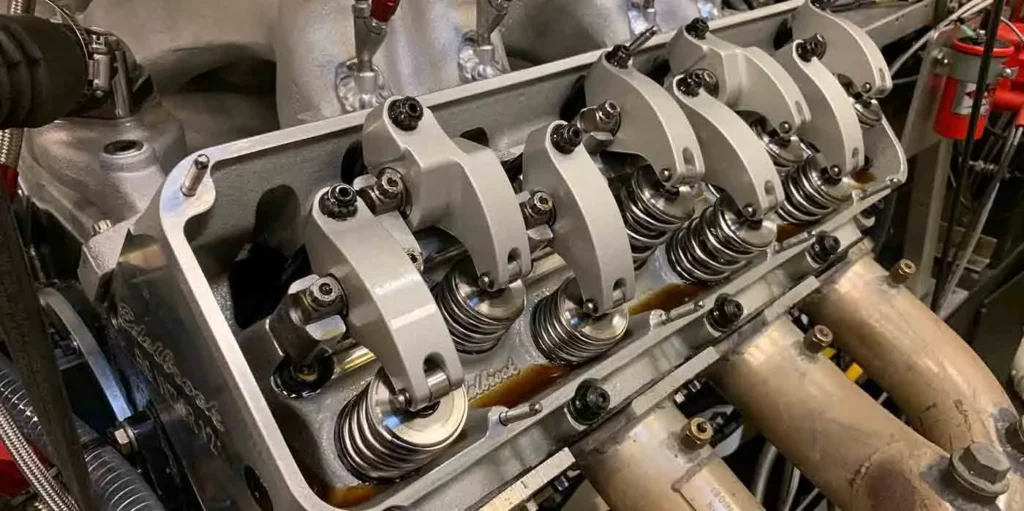
Common Causes of Cylinder Head Failure
Understanding the root causes of cylinder head failure is essential for any vehicle owner or technician. Below are the most frequent issues that lead to damage, ranging from thermal stress to mechanical errors. By exploring each of these in detail, you can better anticipate problems and maintain your engine’s reliability.
Overheating
Overheating is the most frequent and destructive cause of cylinder head failure. Excessive heat can cause the cylinder head to warp, crack, or lose its sealing capability. This often results in coolant leaks, loss of compression, and head gasket failure. Several factors contribute to overheating:
- Low coolant levels from leaks or evaporation
- Malfunctioning water pump, reducing coolant circulation
- Clogged radiator that restricts heat dissipation
- Stuck thermostat that prevents proper coolant flow
- Leaking or broken hoses that lower coolant pressure
Poor Cooling System Maintenance
Even with a functional system, lack of maintenance will shorten the cylinder head’s lifespan. Key issues include:
- Old or contaminated coolant reducing heat transfer effectiveness
- Air pockets in the cooling system causing hot spots
- Blocked heater cores or radiators
- Improper coolant mixture that affects boiling point and corrosion resistance
Detonation and Pre-Ignition
Engine detonation and pre-ignition are abnormal combustion events that cause severe pressure spikes in the combustion chamber. These conditions:
- Create shock waves that damage valves and spark plug threads
- Generate localized hot spots that raise surface temperatures
- Cause metal fatigue and microfractures
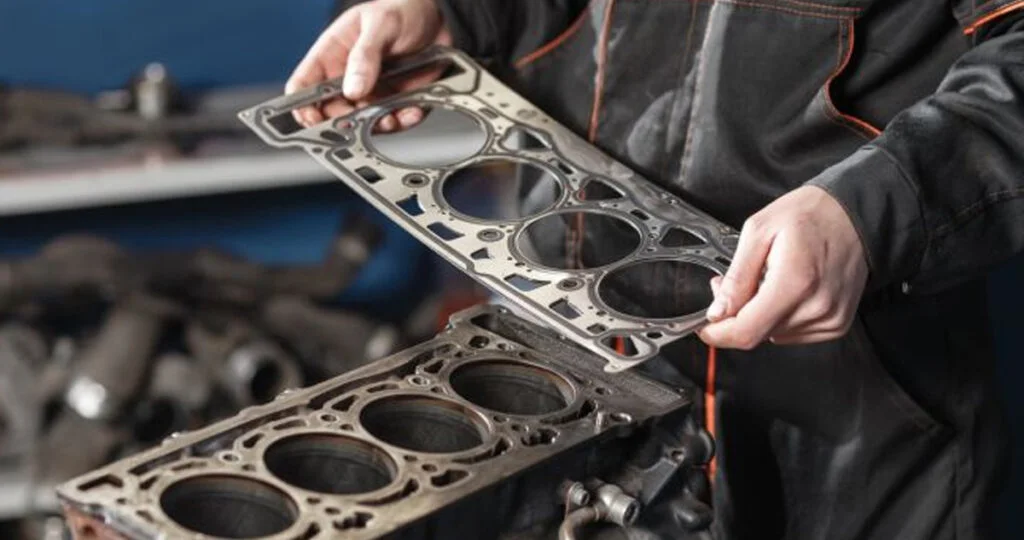
Manufacturing Defects
Though uncommon, poor production practices can weaken a cylinder head from the start. Common defects include:
- Porosity in the casting that causes leaks under pressure
- Improper heat treatment, leading to soft spots
- Misaligned valve seats or uneven surfaces
Incorrect Installation or Torqueing
Cylinder heads must be installed using precise torque sequences and values. Errors such as:
- Over- or under-tightening bolts
- Skipping the tightening pattern
- Using incorrect gasket types
Corrosion
Corrosion is a silent killer of cylinder heads. It is primarily caused by:
- Mixing incompatible coolants
- Using tap water instead of distilled water
- Contaminated coolant with acids or debris
Lack of Regular Maintenance
Skipping regular maintenance can have cumulative effects:
- Old engine oil thickens and leaves carbon deposits
- Clogged filters reduce oil or fuel flow
- Build-up of sludge inside oil passages impedes lubrication
Excessive Engine Load and Abuse
Vehicles subjected to prolonged heavy loads or performance driving are at risk. Scenarios include:
- Towing trailers uphill in hot weather
- High RPM driving in motorsports or racing
- Turbocharged or supercharged applications without cooling upgrades
Blown Head Gasket
The cylinder head and the head gasket work hand-in-hand. A blown gasket can lead to:
- Coolant entering the combustion chamber
- Oil mixing with coolant
- Loss of compression
Fuel or Ignition System Malfunctions
Incorrect ignition timing, faulty spark plugs, or injector issues can result in:
- Backfires and misfires
- Combustion imbalances
- Overheating from lean conditions
Additional Causes to Consider
Improper Head Gasket Selection
Using the wrong gasket material or thickness can alter compression ratios and fail to provide a proper seal.
Improper Head Gasket Selection
Broken valve springs, worn camshafts, or bent pushrods can result in valve collision or improper seating, leading to stress on the cylinder head structure.
Environmental Factors
How to Prevent Cylinder Head Failure
- Monitor Engine Temperature: Watch for signs of overheating and pull over if temperatures spike.
- Service the Cooling System: Flush and refill coolant at recommended intervals, and check hoses, caps, and thermostats regularly.
- Use the Correct Fluids: Always use manufacturer-approved engine oil and coolant.
- Fix Problems Promptly: Don’t delay repairs for knocking, leaks, or temperature fluctuations.
- Inspect Regularly: Have professionals inspect the cylinder head during major services or when unusual symptoms occur.
Final Thoughts
Cylinder head failure can be devastating, both mechanically and financially. However, with knowledge and vigilance, most causes are preventable. Whether you’re a fleet operator, performance tuner, or everyday driver, understanding how and why cylinder heads fail gives you the advantage of early detection and smarter maintenance.
For replacement cylinder heads tailored to your vehicle’s application—whether standard, high-performance, or heavy-duty—always work with a trusted supplier who offers precision-engineered, quality-tested components.
FAQ
What are the most common signs of cylinder head failure?
Common signs include white smoke from the exhaust, engine overheating, loss of coolant with no visible leaks, rough idling, reduced engine power, and oil that appears milky (indicating coolant contamination).
Can a cracked cylinder head be repaired or does it need to be replaced?
In some cases, small cracks can be welded or sealed, especially on cast iron heads. However, for aluminum heads or extensive damage, replacement is usually more reliable and cost-effective.
How does a blown head gasket affect the cylinder head?
A blown head gasket allows coolant and combustion gases to mix, which increases temperature and pressure in the cylinder head area. This can warp or crack the head if not repaired promptly.
How often should I inspect my cylinder head or cooling system?
While cylinder heads don’t need routine inspection unless there’s a problem, the cooling system should be checked at every oil change—typically every 5,000 to 10,000 km (or per your vehicle’s schedule).
Are aftermarket cylinder heads as reliable as OEM ones?
High-quality aftermarket cylinder heads can be just as reliable—or even better—than OEM, especially if they use upgraded materials or improved design. The key is choosing a reputable supplier with proper testing standards.

